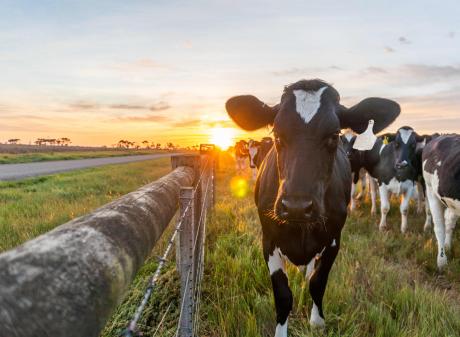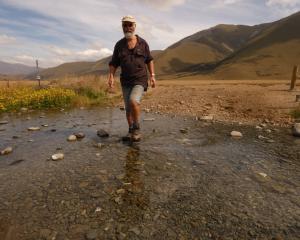
Well, I survived my first two days shearing. The first mob were quite good. A lot of them already had lambs at foot, which was making the shearing around the udder much harder.
I was shearing with a new shearer I hadn’t worked with before; he was a bit worried if he would handle the day. But we both did, and he finished with a personal best of 55 and I was stuck on 99.
The weather was perfect for the beginning of March. The second mob were not quite as good ... last year’s hoggets were not shorn at all so they actually had quite a lot of wool on them. And then some of them were pretty small ... and some quite old, so it didn’t make sense to shear them, especially when they were not in lamb.

Tomorrow awaits my biggest mob. One of our neighbours has about 480 Suffolk ewes to pre-lamb shear over two days. I will work with another shearer, who lives not far away and has his own flock of about 300. I remember quite a few years ago they were the best sheep I shore one year, most of them were younger and in really good condition.
Now there is usually a mixture of ages and also hoggets mixed in with them, luckily only 25 to do and they should be in good condition. These sheep have one paddock of 70ha which they run under the road to get to the rest of the paddock. But this means they are wading through water and mud quite often, so I am curious how they will be. The farmer now also has 40 cows so when it is a dry season they start feeding hay very early. This last season was not the best for hay and a lot of farmers have already used up their supply.
On a different note, we had a spring holiday in Austria ... about 5.5 hours away. We booked an apartment in a private house. As we stepped out of the car the first thing was the smell of cows. It is really common in smaller villages that each place has a small herd of cows.
This place had about 40 cows — milking about 15 — and 30 sheep, two pigs, a pony and a donkey. All the animals were housed inside over the winter. The cows had their bay where they were chained and remained there the entire winter, the milking cups were taken to the cow and connected to an overhead tube. The milk was collected every two days by the local milk firm.
About 800 litres of milk was usually produced over the two days. If I understood correctly, he was getting about $NZ1 per kg of milk fat, which didn’t seem very much at all. But his cows were in very good condition, he also sold processed beef and lamb. He gets about $NZ40,000 from subsidies for his land.














